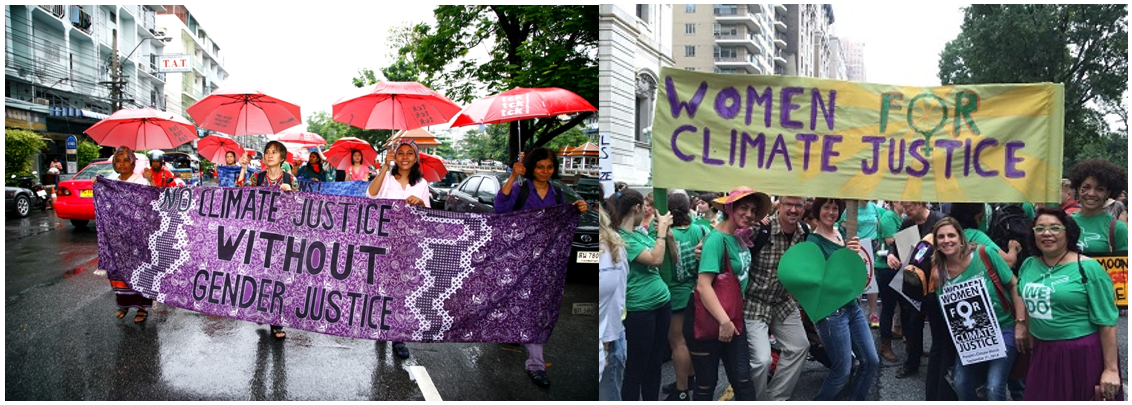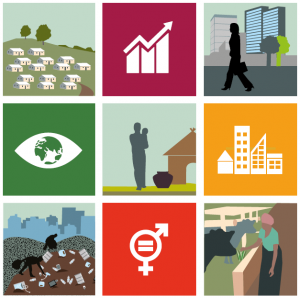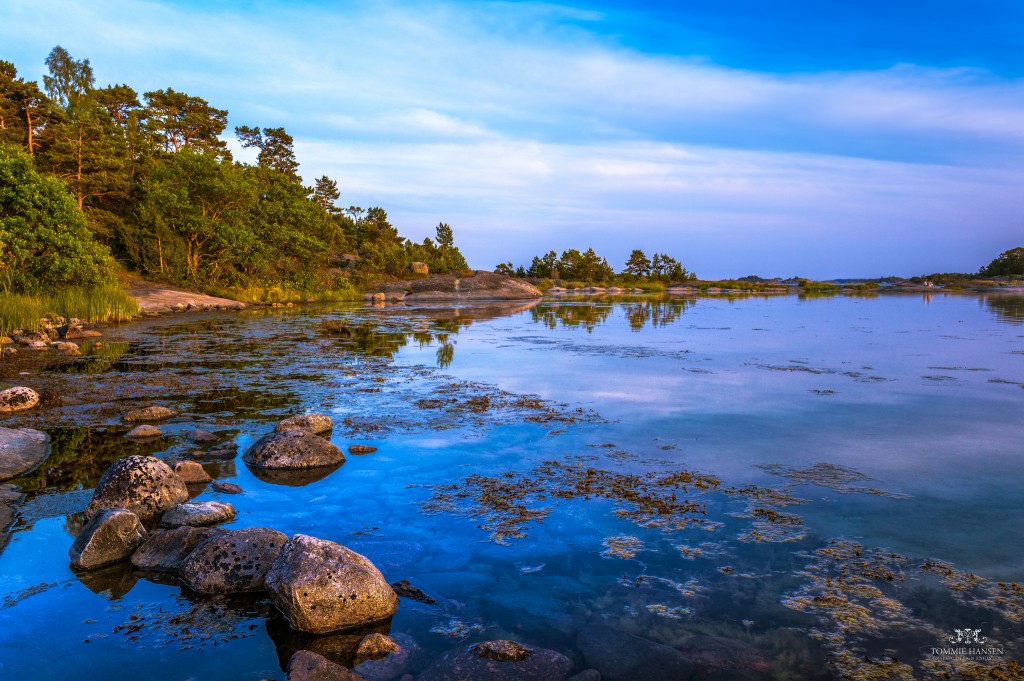By Aminah Koshul

http://www.predictions2016.com/2017/01/27/five-technological-innovations-identified-to-tackle-climate-change/
The pervasive nature of social justice is such that it demands we connect the two seemingly unrelated issues of climate change and feminism. A surface-level analysis of both issues does little to reveal the extent to which the two are related. However, it is important to recognize that an integral component of sustainable development is curbing climate change, which we erroneously view within the framework of technological advancements alone.
It is true that technology may mitigate problems related to climate change, but to propose an effective solution with both short-term and long-term goals, human activity must be distinguished as the root cause behind it. Social issues such as overconsumption and overpopulation are primarily responsible for driving the negative effects of climate change. Accordingly, it is necessary to seek out solutions that are not based in technology alone and are preventative rather than reactionary in nature. Carbon tax and solar panels may be a good start, but they do not even begin to combat the deep-seated social issues, such as poverty and gender inequality, which contribute to climate change.

http://womengenderclimate.org/category/news/ and http://www.soroptimistinternational.org/advocacy-roundup-si-un-reps-help-give-a-global-voice-to-women-and-girls/
Climate change and feminism can go hand-in-hand if we empower women with work and educational opportunities that diversify their role in society beyond wives and mothers. This facilitates population control by reducing birth rates, which is essential to maintaining current rates of consumption without depleting resources. Such initiatives can be introduced in both the global north and south by granting women bodily autonomy at the policy level, as well as at the social and behavioral level.
The United Nations Gender and the Environment Program (UNEP) promotes a gender-inclusive approach geared towards sustainable development. It recognizes that sustainability requires the inclusion of all sectors of society, especially those that are most vulnerable to climate change. UNEP has adopted gender mainstreaming policies in which women’s interests are recognized in the implementation and evaluation of programs in political, economic and social spheres.
This is obviously easier said than done, but it provides a more sustainable solution to climate change that can be affected in both large-scale, institutional and small-scale, individual scenarios. Countering climate change requires an agenda more comprehensive than engineering affordable green technology, and by aligning the goals of sustainable development with social justice, we can envision a world which manifests the principles necessary to build a brighter future.
References
Loring, P., Boucher, M.J. (2017, March 21). Climate change is more than a tech problem, so we need more than a tech solution. Retrieved from Eco-Business: http://www.eco-business.com/opinion/climate-change-is-more-than-a-tech-problem-so-we-need-more-than-a-tech-solution/
United Nations Environment (n.d.). Welcome to Gender and the Environment. Retrieved from United Nations Environment: http://web.unep.org/gender/






